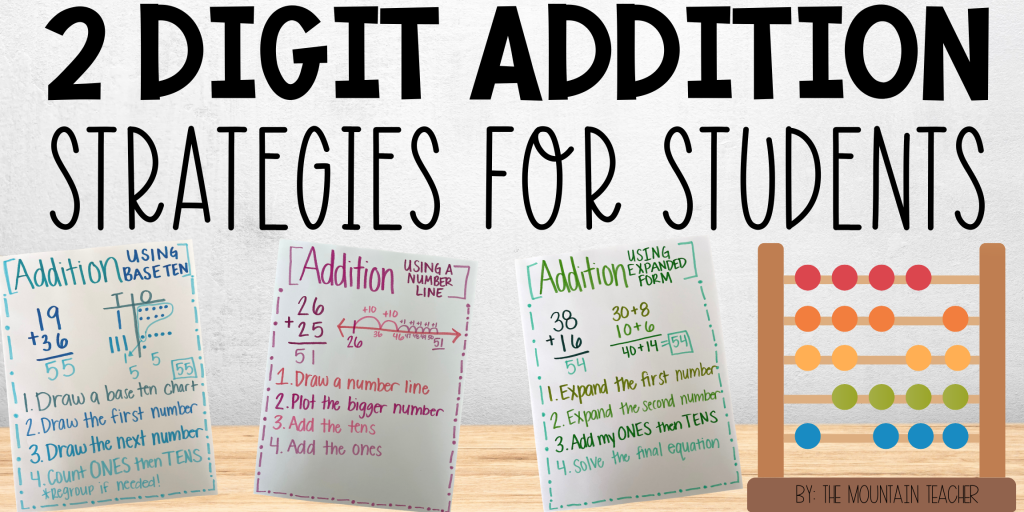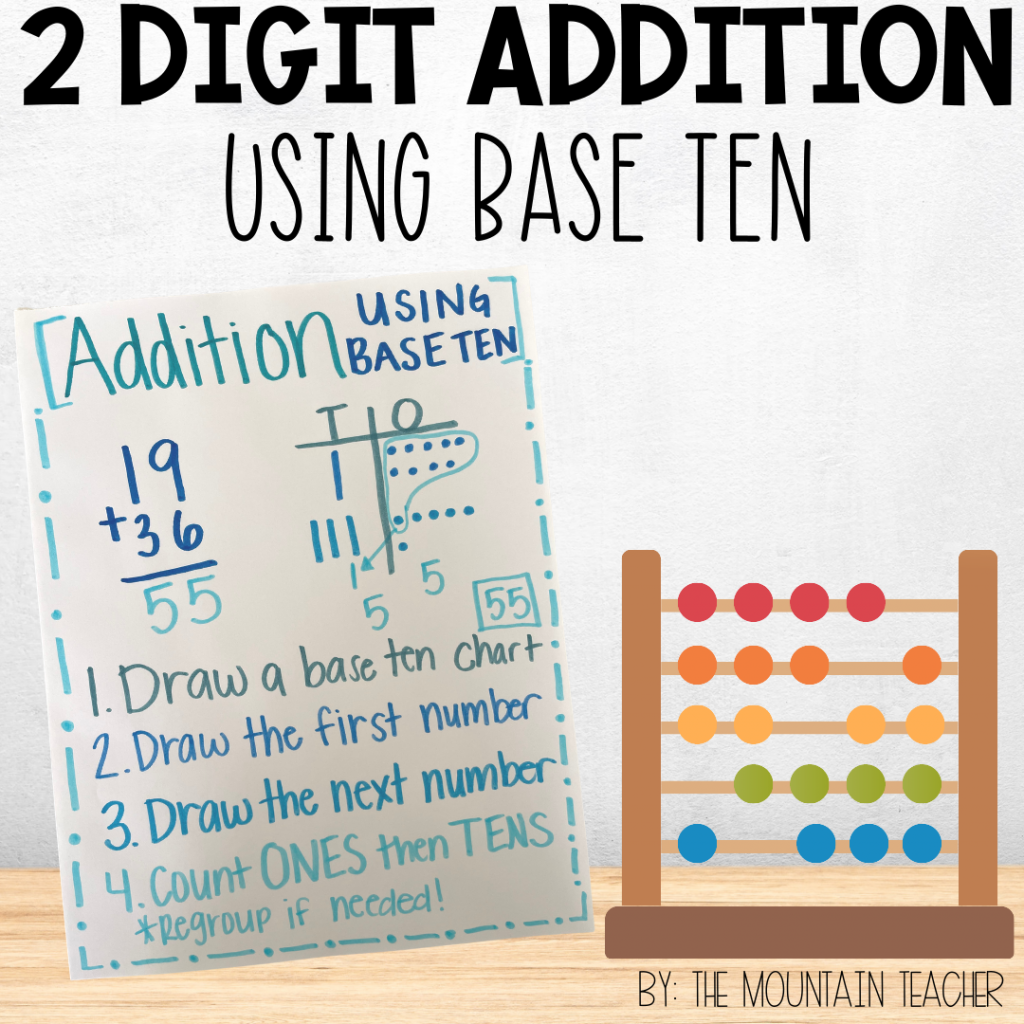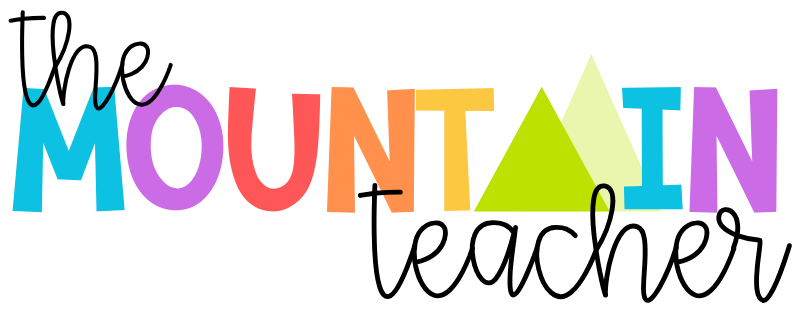2 Digit Addition Strategies That Will Help Students Soar

2 digit addition strategies are hard. Add in regrouping, and it might even feel impossible.
These proven 2 digit addition strategies are a perfect way to help your students tackle addition with regrouping activities.
For each strategy, I make an anchor chart with the class. I then allow them to practice these equations for an entire day.
After they try each strategy a few times, I allow them to pick the strategy that works the best for them.

1. Addition Using Base Ten
The most important part of this strategy is for students to understand base ten before trying it.
They need to know 10 ones makes a ten and that 10 tens make a hundred.
For this strategy, students will follow 4 simple steps:
- Draw a tens and ones chart
- Draw the first number
- Draw the second number
- Count the tens, then ones *REGROUP – if needed

2. Addition Using Expanded Form
This strategy works really well for students who need to see things more concretely than using base ten blocks.
Addition using expanded form follows 4 simple steps:
- Expand the first number
- Expand the second number
- Add my ONES then my TENS
- Solve the final equation

3. Addition Using a Number Line
Students will either LOVE or HATE using an open number line.
It depends on their exposure to number lines and skip counting.
This strategy also involves 4 steps:
- Draw a number line
- Plot the bigger number
- Add my tens
- Add my ones
Pairing this activity with a hundreds chart is VERY helpful to students, especially when it comes to regrouping.

4. Addition Using the Standard Algorithm
While this strategy might be “standard” to us, it might not be the first choice for students.
It also doesn’t provide them with a concrete understanding of what is actually happening when you are adding these numbers.
For those reasons, I recommend introducing this strategy last.
Addition using the standard algorithm involves just 2 steps:
- Add my ones
- Add my tens
The hardest part of this is making sure students start with their ones and not the tens.
Resources to Practice
Closing Thoughts
Which strategy helps your students the most?
Drop it in the comments below!
